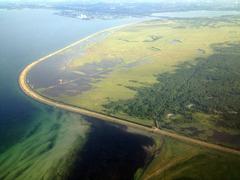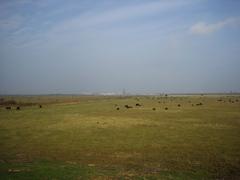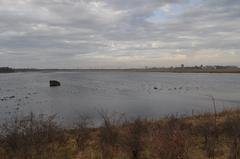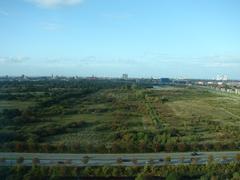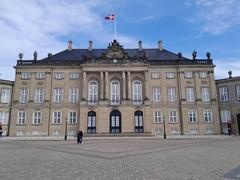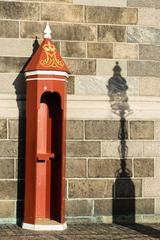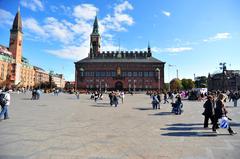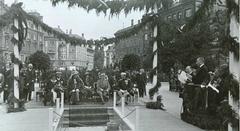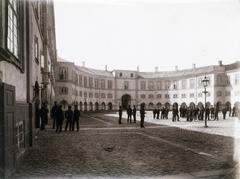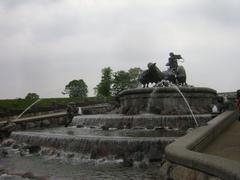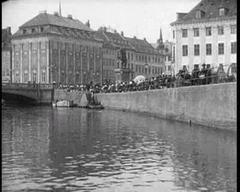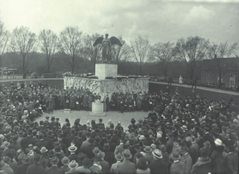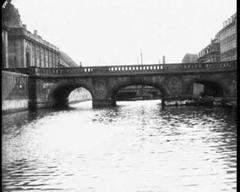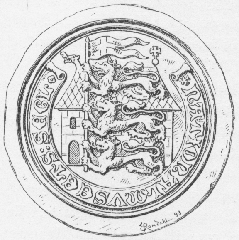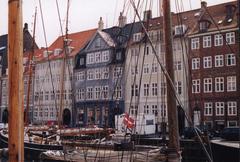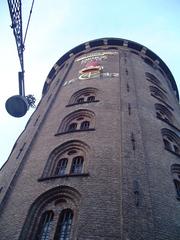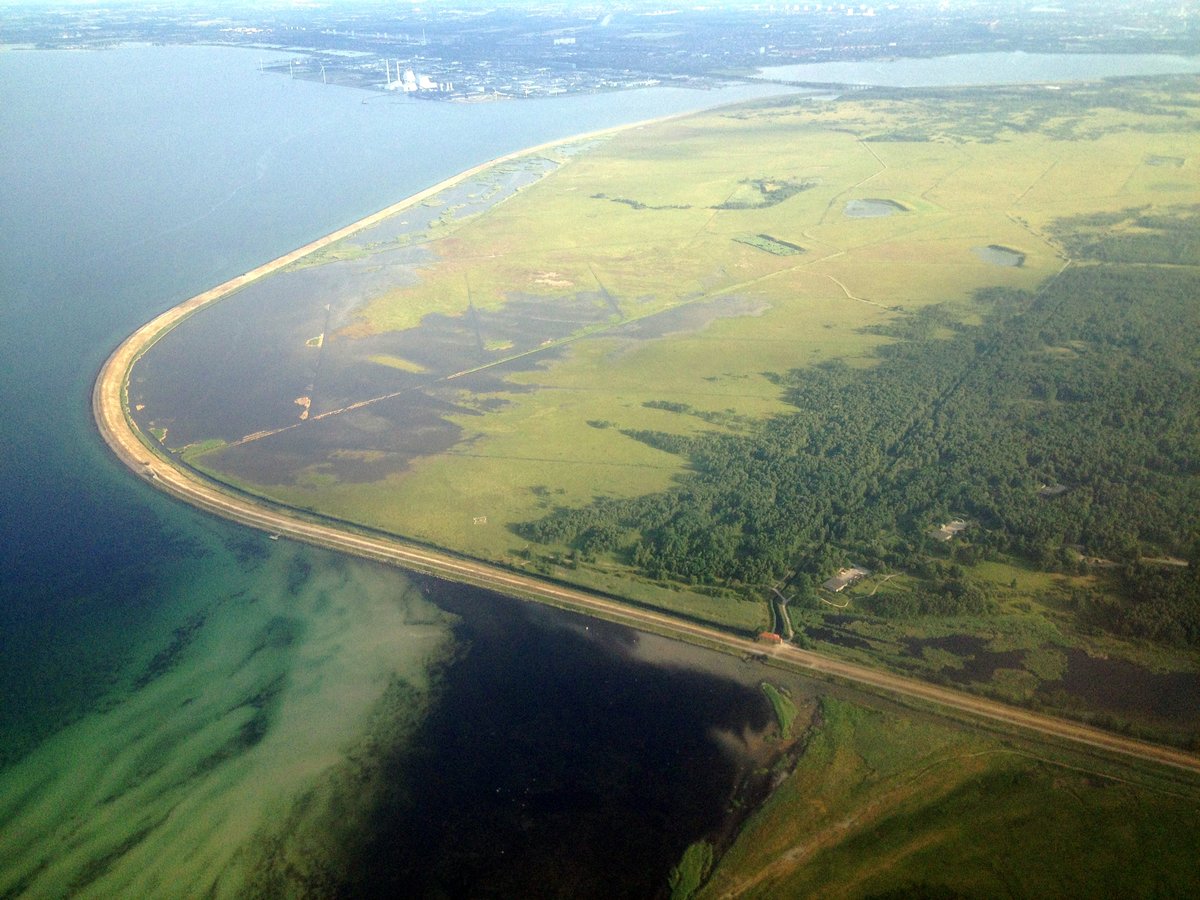
Visiting Reservatvej: Hours, Tickets, and Tips
Date: 01/08/2024
Introduction
Frederiksberg, a distinguished district within the Copenhagen metropolitan area, is a captivating blend of historical grandeur and contemporary vibrancy. With roots tracing back to the 17th century, Frederiksberg offers a rich tapestry of historical, cultural, and architectural experiences. This guide provides a comprehensive look at Reservatvej, a notable area within Frederiksberg, including essential visitor information, historical insights, and key attractions.
Frederiksberg’s transformation from a rural village in the 17th century to a cultural hub today is a testament to its historical significance. The district’s development was significantly influenced by monarchs like King Frederik III and King Christian IV, with landmarks such as Frederiksberg Palace and Frederiksborg Castle showcasing Baroque and Renaissance architectural splendor (European Traveler). Despite challenges such as the devastating fire of 1859, the district has preserved its historical integrity and now houses the Museum of National History, offering 500 years of Danish heritage through various exhibits (KBH Museer).
Frederiksberg’s architectural diversity, from the Baroque Frederiksberg Church to the philanthropic Diakonissestiftelsen, and its lush gardens such as Frederiksberg Gardens, highlight the district’s aesthetic and cultural richness. As a cultural hub, it hosts theaters, museums, and events that enhance its vibrant atmosphere (Visit Frederiksberg). This guide aims to provide visitors with all the necessary information to explore and appreciate the historical and cultural gems of Frederiksberg, making it a must-visit destination.
Table of Contents
- Introduction
- Historical Background and Significance
- Architectural Significance
- Gardens and Green Spaces
- Cultural and Social Impact
- Visitor Information
- Special Events and Guided Tours
- FAQ
- Conclusion
- Sources
Exploring Frederiksberg: Visiting Hours, Tickets, and Historical Insights
Historical Background and Significance
Early History and Development
Frederiksberg’s origins date back to the early 17th century when it was a rural village known as Solbjerg. Under the reign of King Frederik III, the area underwent significant urban development, including the establishment of Frederiksberg Palace in 1699. This palace, with its grand Baroque architecture, became a symbol of royal presence and elegance, surrounded by meticulously designed gardens.
The Role of King Christian IV
King Christian IV, one of Denmark’s most notable monarchs, significantly influenced Frederiksberg’s architectural and cultural landscape. He was instrumental in the construction of nearby Frederiksborg Castle in Hillerød, a magnificent Dutch Renaissance structure that stands as one of Northern Europe’s largest Renaissance castles. The complex features three islands in a small lake and expansive Baroque gardens (European Traveler).
The Fire of 1859 and Reconstruction
In 1859, a devastating fire broke out in Frederiksberg Palace, causing extensive damage to its Baroque interior. The palace was meticulously rebuilt under the guidance of architect Ferdinand Meldahl, preserving its historical integrity. Since 1878, it has housed the Museum of National History, showcasing 500 years of Danish history through portraits, paintings, furniture, and decorative arts (KBH Museer).
Architectural Significance
Frederiksberg’s architectural diversity is a testament to its rich history. Notable buildings include Frederiksberg Church, an octagonal Baroque structure completed in 1734, and the Diakonissestiftelsen, a 19th-century institution reflecting the philanthropic spirit of its founders (Visit Frederiksberg).
Gardens and Green Spaces
The district is renowned for its beautiful gardens and green spaces. Frederiksberg Gardens, established in the early 18th century, feature a blend of Baroque and Romantic styles with manicured lawns, tree-lined avenues, and ornamental lakes. These gardens offer a serene environment for both residents and visitors (KBH Museer).
Cultural and Social Impact
Frederiksberg is a cultural hub, home to theaters, museums, and various cultural institutions. The Aveny-T theater is known for its innovative productions, while the Storm P. Museum offers insights into humor and satire. The district hosts events and festivals, contributing to its vibrant atmosphere (Visit Frederiksberg).
Visitor Information
Visiting Hours and Tickets
The Museum of National History at Frederiksborg Castle is open daily, with extended hours from April to September (10:00 to 17:00) and shorter hours from October to March (11:00 to 15:00). Admission for adults is DKK 90, with discounts for children, students, and seniors. Free audio guides are recommended. Visitors can explore the castle’s courtyards and gardens free of charge (European Traveler).
Getting There
Frederiksberg is accessible by public transportation, with several bus and metro lines serving the area. The Copenhagen Card covers admission and transportation costs. The district’s compact size and pedestrian-friendly streets make it ideal for exploring on foot or by bicycle.
Special Events and Guided Tours
Frederiksberg hosts various special events and guided tours throughout the year. These include historical reenactments, garden tours, and cultural festivals. Check the official Frederiksberg website for up-to-date information on events during your visit (Visit Frederiksberg).
FAQ
What are the visiting hours for Frederiksberg Palace?
- The Museum of National History at Frederiksborg Castle is open daily, with extended hours from April to September (10:00 to 17:00) and shorter hours from October to March (11:00 to 15:00).
How much do tickets to Frederiksberg Palace cost?
- Admission for adults is DKK 90, with discounts for children, students, and seniors.
What is the best way to get to Frederiksberg?
- Frederiksberg is easily accessible by bus and metro. The Copenhagen Card covers transportation costs.
Conclusion
Visiting Frederiksberg, particularly Reservatvej, offers a unique opportunity to immerse oneself in a district rich with history, culture, and scenic beauty. From its early development under Danish monarchs to its modern-day status as a cultural hub, Frederiksberg presents a harmonious blend of the past and present.
Key attractions such as Frederiksberg Palace, Frederiksborg Castle, and the expansive Frederiksberg Gardens provide visitors with a deep dive into Denmark’s historical and architectural heritage. The district’s commitment to preserving its historical integrity while fostering a vibrant cultural scene is evident in its various museums, theaters, and annual events (European Traveler, Visit Frederiksberg).
Practical visitor information, including accessible public transportation, varied accommodation options, and diverse dining experiences, ensures a comfortable and enjoyable visit. Whether exploring historical sites, enjoying the beauty of the gardens, or partaking in local cultural events, Frederiksberg offers something for every traveler. For a comprehensive and enriched experience, visitors are encouraged to check official sources for the latest updates and events.
This guide aims to equip travelers with all the necessary insights to make the most of their visit to Frederiksberg, promising a memorable journey through one of Denmark’s most charming and historically significant districts.
References
- European Traveler, 2024, Visit Frederiksborg Slot Castle Near Copenhagen in Denmark
- KBH Museer, 2024, The Museum of National History at Frederiksborg Castle
- Visit Frederiksberg, 2024, Visit Frederiksberg
- Visit Denmark, 2024, Frederiksborg Castle
- Wanderlog, 2024, Frederiksberg
- The Creative Adventurer, 2024, Self-Guided Tour of Frederiksborg Castle
- Museum of National History, 2024, A Tour of the Museum
- VisitCopenhagen, 2024, What to See and Do in Frederiksberg
- Wikipedia, 2024, Frederiksberg
